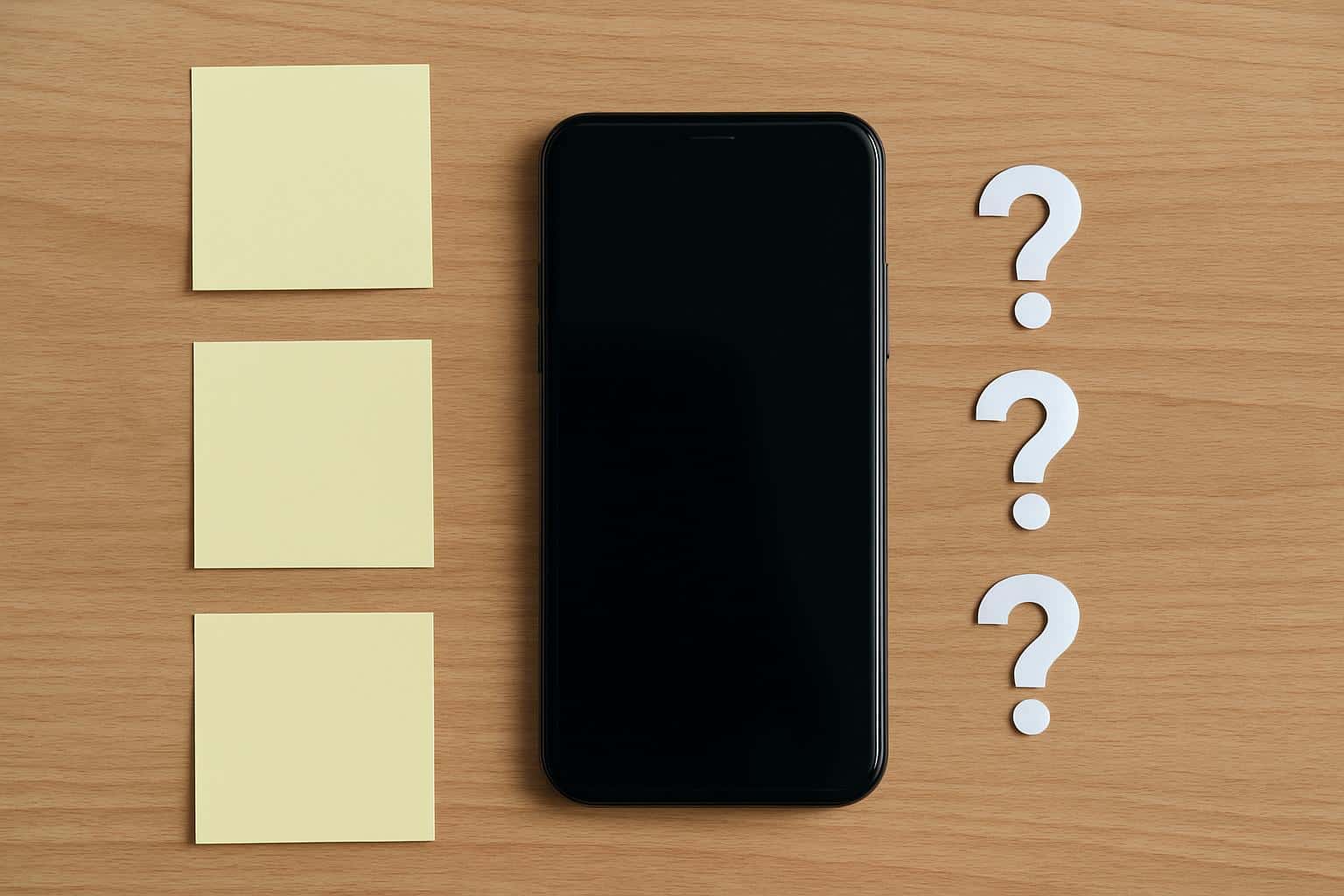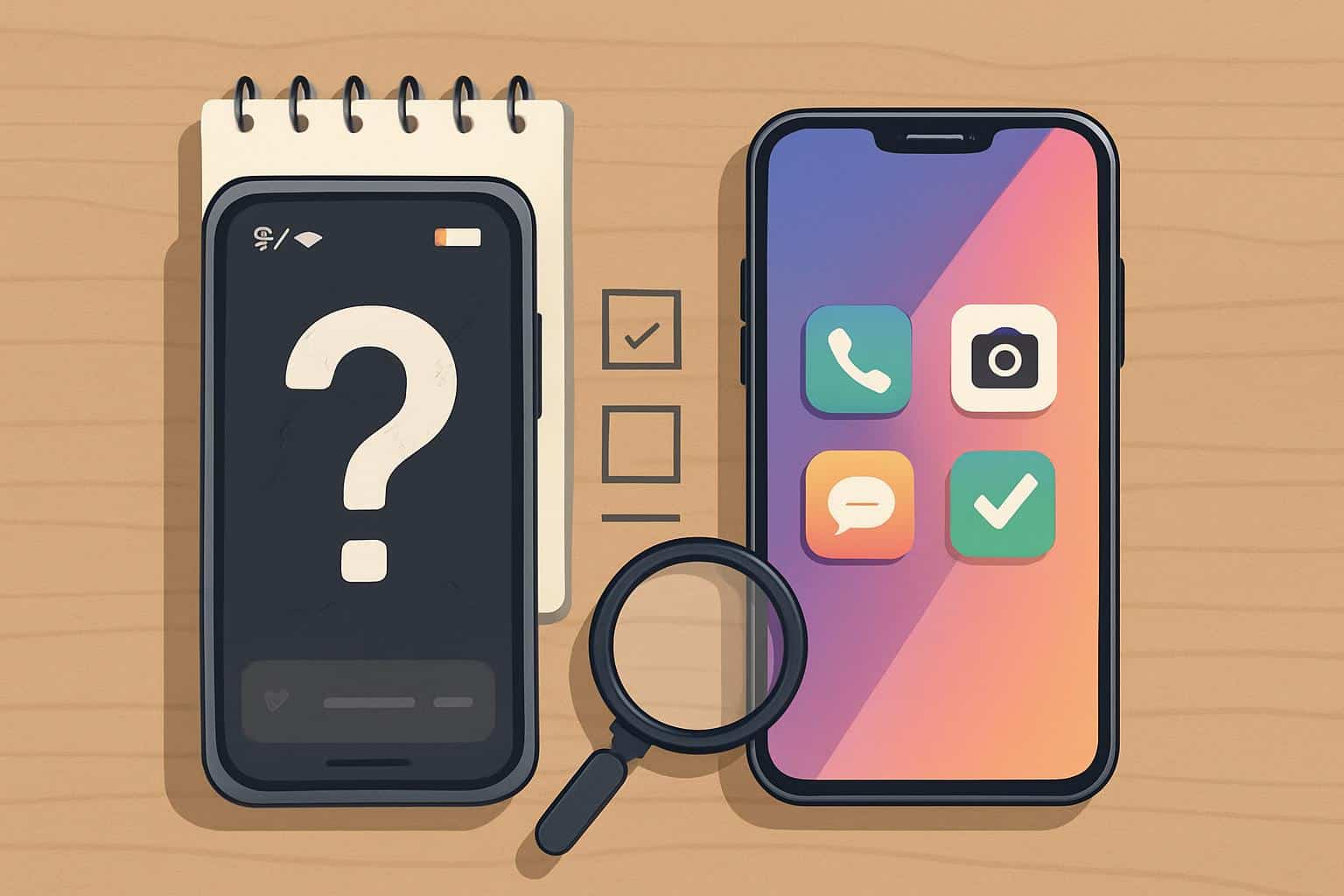Phones are costly, incessantly hyped and deceptively personal. To help cut through the noise, I rely on a simplified set of questions that keep me honest. It’s a list shaped by how consumers actually use their devices in the wild, rather than launch-day noise or spec sheet swagger.
Analyst firms such as IDC and Counterpoint Research have observed that in many markets, upgrade cycles are now extending beyond three years. That makes each transaction more meaningful. This is how I decide if a gadget is truly worth my money — and when to keep walking.
- Do I really need an upgrade or just want a change?
- Which phone features actually fit my daily life?
- What phone features can I comfortably live without?
- What should I spend when budgeting for a new phone?
- When is it a good time to buy a new phone upgrade?
- Will this phone endure daily use and be repairable?
- The checklist I employ before spending on a new phone

Do I really need an upgrade or just want a change?
I begin by diagnosing pain points on my current device. If the day-to-day lags, the camera stumbles in low light, battery health tanks or software support ends, I consider an upgrade. If I’m just bored, I don’t.
Lithium‑ion cells generally still have about 80% capacity after approximately 500 full cycles, as estimated by battery research reported by IEEE. If my issue is cured by a battery transplant, and I can have that done for far less than what it cost to buy the thing in the first place, repair wins. If repairs start to get close to half the cost of a replacement — and updates are on their way out — then it makes sense to replace.
Which phone features actually fit my daily life?
Massive size matters more than most people fess up to. The sweet spot for me is around 6.1 to 6.3 inches, with a reasonable width and weight, as there’s no compromise on single‑hand use when you’re at your busiest during the day. A tenth of an inch of screen is no match for pocketability every time.
The display should be easy to read outdoors and at night. 120Hz OLED is wonderful, but I also want the low flicker or high PWM dimming to reduce eye fatigue. Independent testers and health groups like Eyesafe have moved this conversation along; it isn’t just a spec for gamers.
Software is a long game. Several Android vendors now promise five to seven years of updates on their flagships. I prefer clean interfaces, less bloat, and a commitment to security updates. A phone should get better over time, not be infested by stagnating features.
Performance should match real use. I want a power‑efficient upper‑mid chip and fast storage (UFS 3.1 or 4.0) with plenty of RAM far more than I need the hottest silicon throttling under load. On‑device AI kibbles are great, but only if they make what I actually do — transcription, photo edits, search — faster.
Cameras are about consistency, not just megapixels. Optical stabilization on the main sensor is a priority for me, along with substantial HDR and good night photo quality. For travel I find that a good ultrawide beats a lousy telephoto, so I spend much time looking at samples from reviewers and labs such as DxOMark in an effort to sort marketing from reality.
Connectivity and convenience matter quietly. I look for 5G band support for my region, eSIM when I travel (micro‑SIM and all its hassle), Wi‑Fi 6/7 for crowded networks, NFC to pay in shops, and the quality of the haptics. Regulations are pushing USB‑C to the point of being universal in some markets, which streamlines chargers and cables.
What phone features can I comfortably live without?
Here’s where budgets get rescued. For that, I’m willing to forgo an IP68 rating (which is fine if your device has proven durability and you’re not habitually careless around water). I’ve never lost a phone to the rain, but I get a good screen protector anyhow.

Wireless charging is a luxury, not a necessity. I’ll take high‑performing wired charging that’s kind to the battery over flashy 100W claims. I don’t know about you. Qi2 offers better magnet alignment and speed, but a trusty 30–45W wired brick still suits my life more.
And storage: 128GB is great, assuming I fall back on cloud backups for photos and media. MicroSD doesn’t appear on many phones anymore, so I go for 256GB only if I edit video or keep huge offline libraries. Paying for space I’ll never occupy is a waste of money.
What should I spend when budgeting for a new phone?
I set a spending cap before making a purchase, accounting for the hidden costs: a charger if there isn’t one in the box, a case or protector and potential repairs or insurance down the line. Total cost of ownership trumps sticker price.
Trade‑ins can be big money losers, however, so I’ll cross‑check offers against estimated depreciation. Market trackers often illustrate that certain brands hold their value longer, and this can change the math. Carriers and retailers often banner generous credits for multi‑year plans; I read the small print and consider the unlocked route.
When is it a good time to buy a new phone upgrade?
Timing is leverage. Preorders usually come with a storage bump or an accessory. Prices on Android flagships tend to soften months after they launch, and with seasonal sales like Prime Day, back‑to‑school and Black Friday you can knock hundreds off.
If I have my eye on last year’s model, I wait until the new one appears (there is a clearance phase that can be violent). And there has been continued growth in the used and refurbished market (some of it well documented by Counterpoint Research), which gives me more options for a bargain.
Will this phone endure daily use and be repairable?
Durability goes beyond glass names and drop tests. I seek out reinforced aluminum frames, raised bezels around the cameras and honest claims about scratch resistance. A grippable finish can avert the accident you never have to repair.
Repairability matters. I see if the maker offers parts for sale, if batteries are pull‑tabbed and modular, and how the device rates with groups like iFixit. Right‑to‑repair laws in many places are nudging design in the right direction; I reward brands that preempt regulation.
The checklist I employ before spending on a new phone
- Am I solving real problems or just following the latest fad?
- Do size, software support, camera performance and battery life fit my day‑to‑day?
- Can I overlook the bells and whistles I won’t use, and does the bottom‑line cost — after trade‑ins and accessories — fit my budget?
Unless the answers are crystal‑clear and the timing is sharp, I don’t buy. If not, I wait. In a market that favors patience and forethought, restraint is the most underappreciated feature you can bring to your next phone purchase.

